This post is also available in:
日本語 (Japanese)
Let Me Have It All: Reconsidering Sly & the Family Stone’s Fresh
Sylvester "Sly Stone" Stewart died on June 9th, 2025. There have been a lot of narratives about his life and death, but less about his music, particularly his under-appreciated 1973 album, Fresh. True to its title, Fresh is lighter, more relaxed, and much more personal than any music Sly had written to date. It's also much funkier, as Sly had in turn embraced the deep grooves of the Bootsy Collins-era JBs of James Brown.
Rema Hasumi: Finding Inspiration and Connection in Music and Motherhood
Rema Hasumi’s music rises to higher ground, but it navigates deep and turbulent waters to get there. That journey has taken on new dimensions in recent years, as her journey through motherhood has reshaped both her life and art, leading to the release of her new album, Mothers.
Listening to Stillness: Nguyen Tuan Cuong and the Art of Vietnamese Lacquer Painting
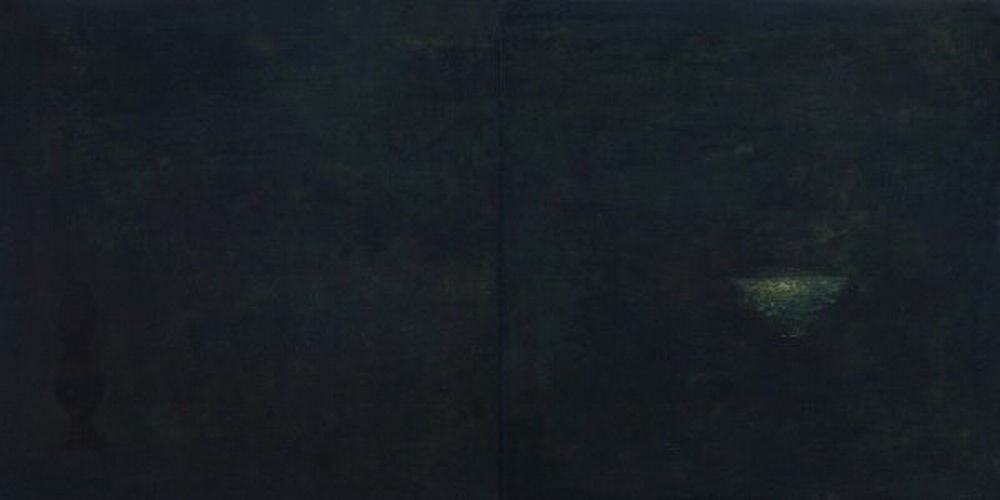 Photo © by Nguyễn Tuấn Cường
Photo © by Nguyễn Tuấn CườngThe first time I encountered one of Nguyễn Tuấn Cường's works, I found myself stunned before a canvas not characterized by richness, but by solidity. It was a painting of a bowl — an ordinary, creased enamel bowl — so realistically rendered it seemed to be living. Not polished, not idealized. It just was. Its rim chipped, its pale blue faded to something almost ghostly, the bowl rested ever so slightly askew on a darkened ground, emanating not surface light but a glow from deep within the layers of lacquer. It didn’t proclaim beauty; it remembered it — the kind of remembering carried in your bones, like a scent from childhood. Standing before it, I felt like I was the one seen rather than the one seeing. Something stirred inside me.
For Every Work Has Several Faces: A Conversation with Yoko Tawada about Writing and Translation
I had the honor of introducing Yoko Tawada’s seminal lecture “Every Work Has Several Faces: A Conversation with Yoko Tawada about Writing and Translation,” delivered at the Lenfest Center for the Arts, Columbia University School of the Arts, on March 27, 2025. In this article, I expand on that introduction, exploring how Tawada, a borderless wordsmith, shatters linguistic confines through writing and translation: her language erases frontiers and reconfigures reality, existing not as the ruins of Babel, but as a thriving, pulsating, organic entity.
Born in Tokyo and now residing in Berlin, Tawada is a celebrated writer of fiction, poetry, and a deeply engaged thinker on the nature of language. Writing in both German and Japanese, she is recognized as one of the most distinctive multilingual voices in contemporary literature.
Trà My “Emmy” Truong: The Constant Gardener
I initially knew Emmy only as one of the friendly baristas at Lê Phin, the lovely little Vietnamese cafe in the East Village that I stop by nearly every day to work, meet people, and enjoy their exquisite pandan matcha lattes and coffees. One moment, the person seated across from me at their communal table is a fellow customer and stranger; the next, I learn he/she/they is an immigration lawyer or a literature professor or an artist, a wellspring of stories and inspiration, and, by the time our cups are empty, a friend. Encouraged by curiosity, they blossom.
So it was with Emmy. She appeared to me in full bloom. Literally. I don’t usually see spiritual visions unless I invite them, but her aura seemed to appear to me of its own accord, lushly framing her with red petals. I thought this must be meaningful, but it wasn’t until I told her this that I learned who she is and why her aura makes sense.
For one thing, Emmy’s Vietnamese name, Trà My Trương, is taken from the Vietnamese word for camellia, cây hoa trà. “Emmy” is a simplified name she chose for Americans, but it still honors her roots. “My” comes from her first name, and “Em” is a sweet Vietnamese term of affection.
As soon as we started talking, I realized she was intelligent, confident, and mature. She was actually a working artist dedicated to bringing more beauty into the world and chose to work at the cafe occasionally to learn more about the food/hospitality industry. As I became more familiar with her work, I found that I loved her artist eye, her color sense, and her approach to life and art.
Five Ways To Think About Parliament’s Mothership Connection
2025 marks the 50th anniversary of the seminal funk album Parliament's Mothership Connection.
Finding Freedom in Music & Motherhood — Yukari Sekiya 関谷 友加里 at Studio T-Bone, Osaka (4/19/24)
While struggling to find contemporary jazz venues in Osaka, I stumbled upon Studio T-Bone, a venue supporting both live jazz and photography and decided to visit. Pianist Yukari Sekiya 関谷 友加里 and percussionist Naoto Yamagishi 山㟁直人 やまぎしなおと were improvising together. While I didn't manage to get to know them well on that occasion, I was delighted to spend time with the creative family members running the studio. A chance encounter months later unexpectedly brought Yukari back into my mind. When I reached out to her, she responded, and I've now learned what a deep and inspiring artist and person she is, opening the door to possible future collaborations. It was a powerful reminder that we can't always see right away why our intuition speaks to us. Sometimes, it may be setting something in motion far in the future or for a purpose quite different from what we imagine.
Gotanjoji — A Temple Where the Cats Are Teachers, Too (April 22, 2024)
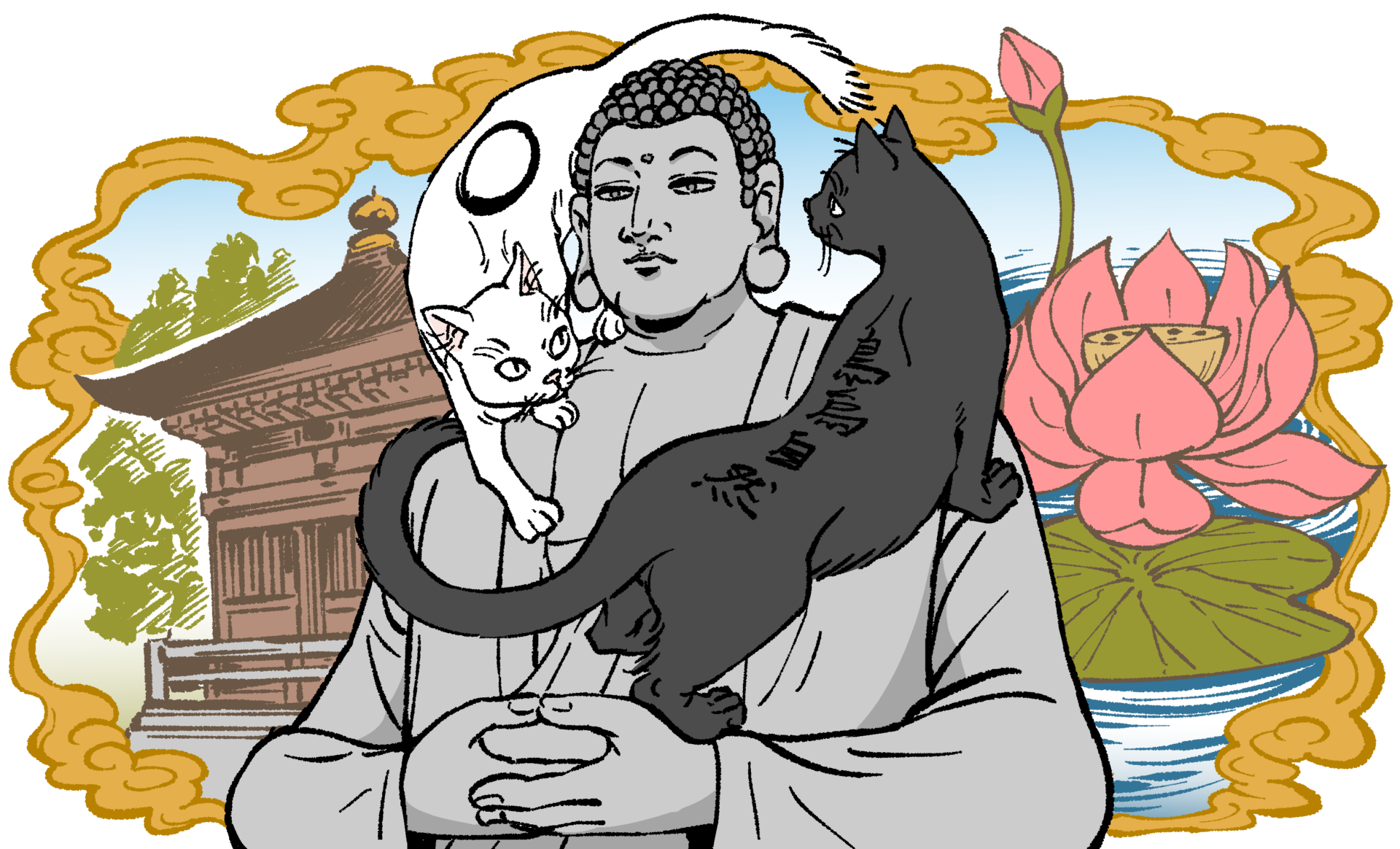 Photo © by Hiroki Otsuka
Photo © by Hiroki OtsukaOn my way from Kanazawa down to Hiroshima, I took a detour in Fukui Prefecture to visit Gotanjoji, a Sōtō Zen temple in Shoden-cho, Echizen City, known informally as a cat temple. I came for the cats, but I was also intrigued by the temple’s history, such as it is. While many temples in Japan are hundreds of years old, Gotanjoji was founded in 2002! Despite the temple's young age, its history dates back to the late 13th century Zen monk Keizan Jōkin 瑩山紹瑾, who was born in Echizen and was, I discovered, instrumental in opening Zen to women. Gotanjoji took it one step — or four? — further, bringing cats into the spiritual practice.
Sinikka Langeland — Channeling the Spirits of the Forest at Mokkiriya, Kanazawa, 4/21/24
This was the only night I could conceivably visit Kanazawa, and fatefully, Sinikka was performing at the historic Mokkiriya jazz cafe and live house, founded in 1971, on this night, on tour from Norway. Meeting her in western Japan was as fortuitous as it is unlikely. Sinikka performs jazz-inflected songs inspired by the traditional music of the Forest Finns on a 39-string kantele (a kind of harp that sits horizontally on a table) that are haunting and unforgettable.
Sinikka’s singing is as clear as a bell. Yet, the purity of her voice and her decisive intonation, coupled with the dulcet sounds of her instrument, also express something profound, conveying compassion, mystery, and an ancient knowing. Gently, her music flows all around us, free of impurity and full of wonder, like a spring whose pristine and paliative waters well up from some primordial source. I wanted to know what makes Sinikka’s music so grounding, purifying, and ethereal — and what she was doing in Japan!
置き去られた鏡 The Forsaken Mirror by Chie Matsui 松井智惠 at Gallery Nomart, Osaka 4/20/24
On my last night in Osaka, I attended the closing night reception for the solo exhibition 置き去られた鏡 The Forsaken Mirror by celebrated artist Chie Matsui 松井智惠. The performance consisted of music by avant-garde musicians sara (piano, perc.) & Shin’ichi Isohata 磯端伸 (guitar) and a poem read in Japanese, Korean, and English by Chie, Yangjah, and Miho, respectively. At first, I didn’t know what to make of the performance or the abstract, brightly colored prints surrounding a centrally hung mirror. Eventually, in the space created by the disorientation and abstraction, I reflected on who these people were, who I was, and the various identities we experience throughout life, which proved enlivening.
Art of Life: Artists Who Create Their Own Lifestyles
conversations with Aine Fujioka
This series explores how artists forge unique paths in a world without set rules. Inspired by candid conversations with fellow creatives, the series delves into the choices, challenges, and freedoms of building a life in the arts. As our work landscape changes, these stories offer insight and inspiration for anyone seeking to create a meaningful, self-directed, and sustainable way of living.

Freedom to Flow with Todd Marston
No one ever actually told me how to live as a musician. There are many ways, and you have so much freedom to create your own way. And that’s not easy because the choices are endless. So, I started this series of interviews to ask my friends how they live as artists. This first interview was with Todd Marston, my long-time friend and a keyboard player, composer, and educator.
Moonlight Refugee
travel stories from Hai Yen Ho
An inveterate explorer, Vietnam-based writer Hai Yen Ho moves effortlessly between rural and urban, wealthy and poor, fearlessly following her intuition. Her journeys and resulting stories blur the lines between reportage and fiction to chart the conflict between traditional and modern ways of life, spotlighting marginalized voices and finding beauty in unexpected places.

Binh Thuan: Another Imagination of Death
by Hai Yen Ho| November 9, 2025 | Literature Photo by Hai Yen Ho Among the countless fragments of memory vying to become the most precious, the one that lingers deepest within me is of a morning by the sea. In that fragment, I see myself sitting in a small coracle,...
New York: They were not born that way
The world is full of people who leave the place they were born, only to survive and then die in a place they never expected to live. The world is full of people who live without purpose, without any relationships, without any stories, or many that no one cares to know, despite the constant progress of everything around them. Such people tend to appear the most often in America, and even more in New York, the place where the no-identity-faces gather, the embodiment of the splendid America, the image that represents the most solid but also the most easily shattered dreams.
I saw one of them on the first morning after arriving in New York right after stepping out of a concrete hotel on Twenty-fourth Street, heading towards Seventh Avenue. For a moment, I had the idea of doing something different from the drivers — that is, following the African man to his destination.
Moscow: Snow will melt when the sun rises
The previous night, the snow fell heavily. The snowflakes fell gently yet fiercely, floating through the night like magical creatures. The cold crashed on me suddenly as soon as I stepped outside, aggressively occupying all the corners in my body, sneaking into every inch of carelessly exposed skin. The cold froze on the skin, piercing my brain, aching with every breath. On cold winter nights like this, the best thing to do is to stay in a cozy room, drink a cup of ginger tea, and talk about everything — except politics, of course. Politics in Russia these days is taboo. Russians avoided the subject like a terminal illness. “War in Ukraine? No, don’t worry, we are fine.” They changed the subject. Except Varf Labec.
Singapore
I don’t know why I came here. Waking at four in the morning, inside this airtight dormitory room with no windows, I can only tell the time from the screen of my phone. Below my bed, the Afghan girl is snoring softly. I imagine her bed, surrounded by piles of stuff hung haphazardly like a rumpled bed curtain. She’s been here for two weeks; the items hanging around the bed are a way for her to assert her attachment, her sovereignty, and to establish herself more firmly than the others, which currently consist of me, a Cambodian girl, and an Indonesian girl.
Moonlight Refugee
Ever since I was a child, I have always known that the world around me was much larger, that it was not limited to a small market, a moldering temple with a desolate courtyard, a solid church that I had not entered, rows of houses, schools, and a highway. That poor and ragged landscape never limited my imagination. I did not know how I got there, but I always knew that one day I would leave it. I knew I would travel to other vast places, reach the tops of mountains, dive to the bottom of the sea, and talk to people in every corner of the world.
Recently Released
Binh Thuan: Another Imagination of Death
by Hai Yen Ho| November 9, 2025 | Literature Photo by Hai Yen Ho Among the countless fragments of memory vying to become the most precious, the one that lingers deepest within me is of a morning by the sea. In that fragment, I see myself sitting in a small coracle,...
Freedom to Flow with Todd Marston
No one ever actually told me how to live as a musician. There are many ways, and you have so much freedom to create your own way. And that’s not easy because the choices are endless. So, I started this series of interviews to ask my friends how they live as artists. This first interview was with Todd Marston, my long-time friend and a keyboard player, composer, and educator.
New York: They were not born that way
The world is full of people who leave the place they were born, only to survive and then die in a place they never expected to live. The world is full of people who live without purpose, without any relationships, without any stories, or many that no one cares to know, despite the constant progress of everything around them. Such people tend to appear the most often in America, and even more in New York, the place where the no-identity-faces gather, the embodiment of the splendid America, the image that represents the most solid but also the most easily shattered dreams.
I saw one of them on the first morning after arriving in New York right after stepping out of a concrete hotel on Twenty-fourth Street, heading towards Seventh Avenue. For a moment, I had the idea of doing something different from the drivers — that is, following the African man to his destination.
Let Me Have It All: Reconsidering Sly & the Family Stone’s Fresh
Sylvester "Sly Stone" Stewart died on June 9th, 2025. There have been a lot of narratives about his life and death, but less about his music, particularly his under-appreciated 1973 album, Fresh. True to its title, Fresh is lighter, more relaxed, and much more personal than any music Sly had written to date. It's also much funkier, as Sly had in turn embraced the deep grooves of the Bootsy Collins-era JBs of James Brown.
Rema Hasumi: Finding Inspiration and Connection in Music and Motherhood
Rema Hasumi’s music rises to higher ground, but it navigates deep and turbulent waters to get there. That journey has taken on new dimensions in recent years, as her journey through motherhood has reshaped both her life and art, leading to the release of her new album, Mothers.
Listening to Stillness: Nguyen Tuan Cuong and the Art of Vietnamese Lacquer Painting
The first time I encountered one of Nguyễn Tuấn Cường's works, I found myself stunned before a canvas not characterized by richness, but by solidity. It was a painting of a bowl — an ordinary, creased enamel bowl — so realistically rendered it seemed to be living. Not polished, not idealized. It just was. Its rim chipped, its pale blue faded to something almost ghostly, the bowl rested ever so slightly askew on a darkened ground, emanating not surface light but a glow from deep within the layers of lacquer. It didn’t proclaim beauty; it remembered it — the kind of remembering carried in your bones, like a scent from childhood. Standing before it, I felt like I was the one seen rather than the one seeing. Something stirred inside me.
 Photo © by Nguyễn Tuấn Cường
Photo © by Nguyễn Tuấn CườngMoscow: Snow will melt when the sun rises
The previous night, the snow fell heavily. The snowflakes fell gently yet fiercely, floating through the night like magical creatures. The cold crashed on me suddenly as soon as I stepped outside, aggressively occupying all the corners in my body, sneaking into every inch of carelessly exposed skin. The cold froze on the skin, piercing my brain, aching with every breath. On cold winter nights like this, the best thing to do is to stay in a cozy room, drink a cup of ginger tea, and talk about everything — except politics, of course. Politics in Russia these days is taboo. Russians avoided the subject like a terminal illness. “War in Ukraine? No, don’t worry, we are fine.” They changed the subject. Except Varf Labec.
Singapore
I don’t know why I came here. Waking at four in the morning, inside this airtight dormitory room with no windows, I can only tell the time from the screen of my phone. Below my bed, the Afghan girl is snoring softly. I imagine her bed, surrounded by piles of stuff hung haphazardly like a rumpled bed curtain. She’s been here for two weeks; the items hanging around the bed are a way for her to assert her attachment, her sovereignty, and to establish herself more firmly than the others, which currently consist of me, a Cambodian girl, and an Indonesian girl.
Moonlight Refugee
Ever since I was a child, I have always known that the world around me was much larger, that it was not limited to a small market, a moldering temple with a desolate courtyard, a solid church that I had not entered, rows of houses, schools, and a highway. That poor and ragged landscape never limited my imagination. I did not know how I got there, but I always knew that one day I would leave it. I knew I would travel to other vast places, reach the tops of mountains, dive to the bottom of the sea, and talk to people in every corner of the world.
For Every Work Has Several Faces: A Conversation with Yoko Tawada about Writing and Translation
I had the honor of introducing Yoko Tawada’s seminal lecture “Every Work Has Several Faces: A Conversation with Yoko Tawada about Writing and Translation,” delivered at the Lenfest Center for the Arts, Columbia University School of the Arts, on March 27, 2025. In this article, I expand on that introduction, exploring how Tawada, a borderless wordsmith, shatters linguistic confines through writing and translation: her language erases frontiers and reconfigures reality, existing not as the ruins of Babel, but as a thriving, pulsating, organic entity.
Born in Tokyo and now residing in Berlin, Tawada is a celebrated writer of fiction, poetry, and a deeply engaged thinker on the nature of language. Writing in both German and Japanese, she is recognized as one of the most distinctive multilingual voices in contemporary literature.
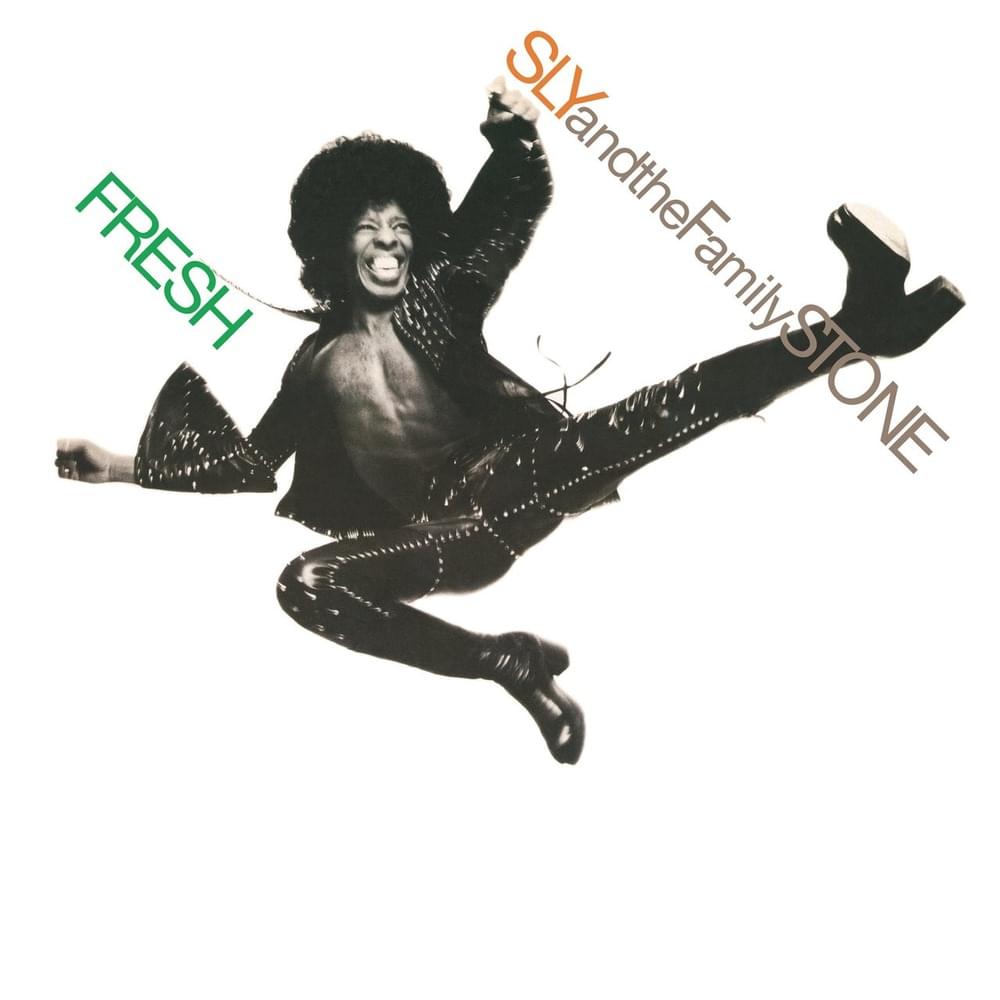
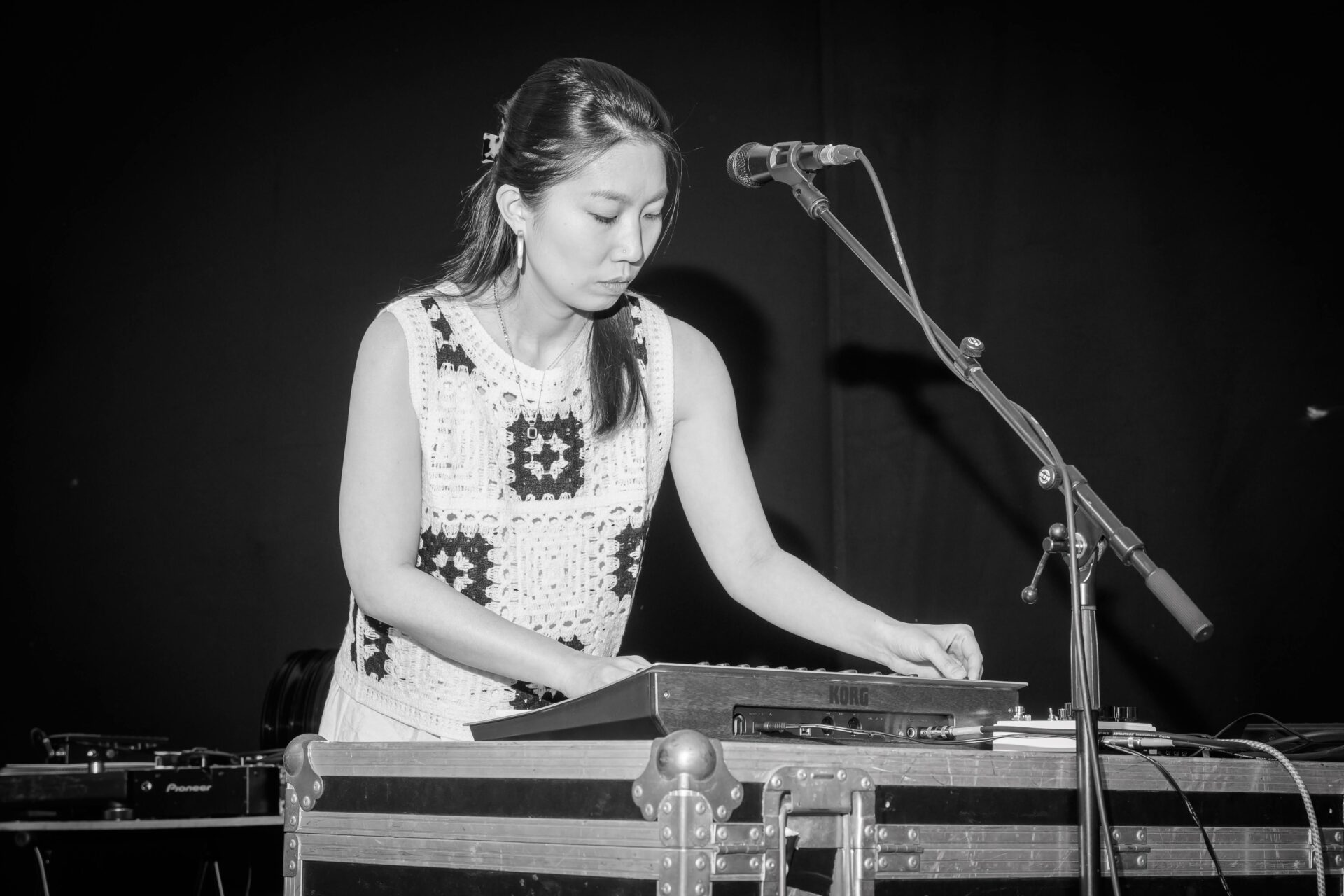

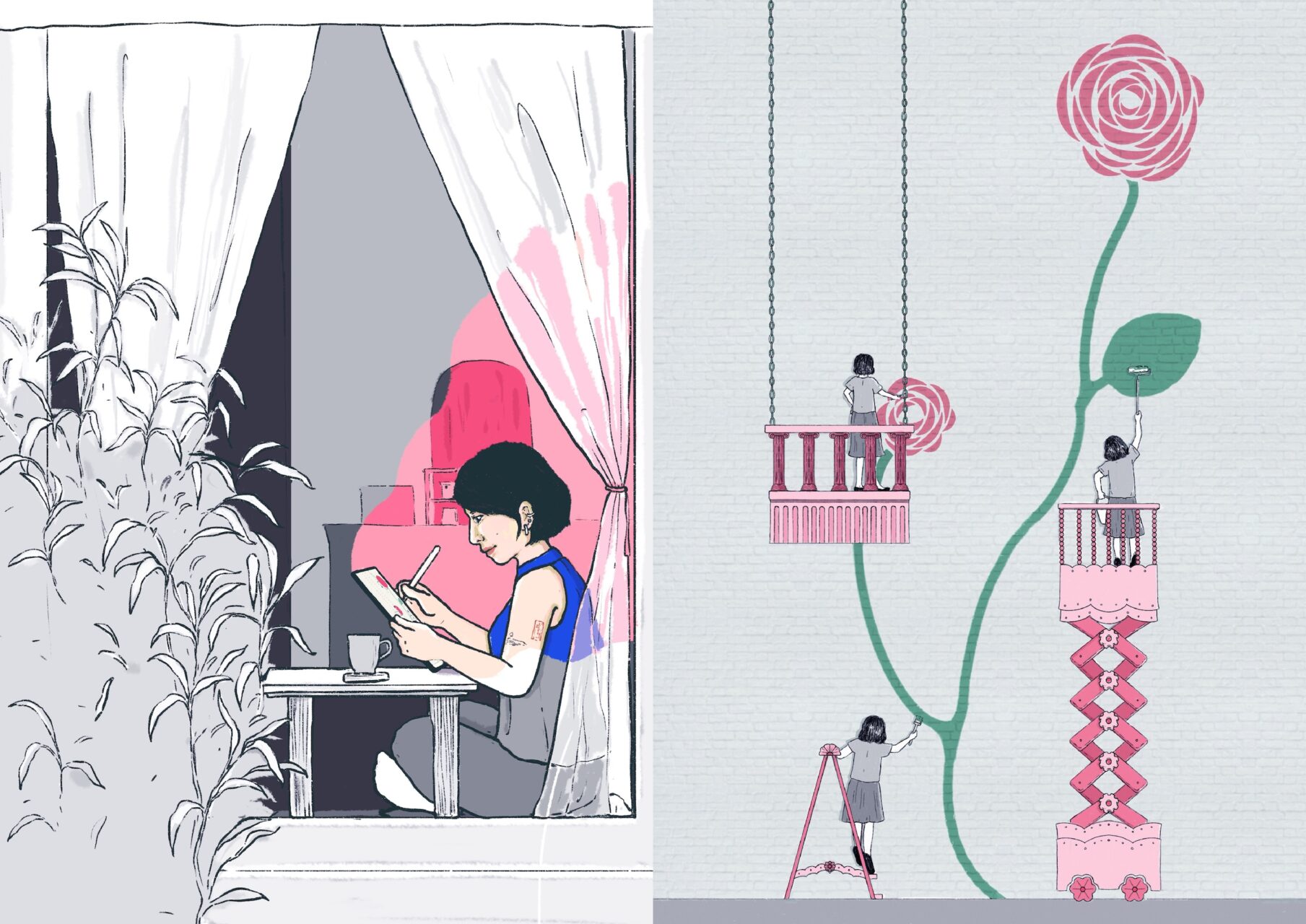


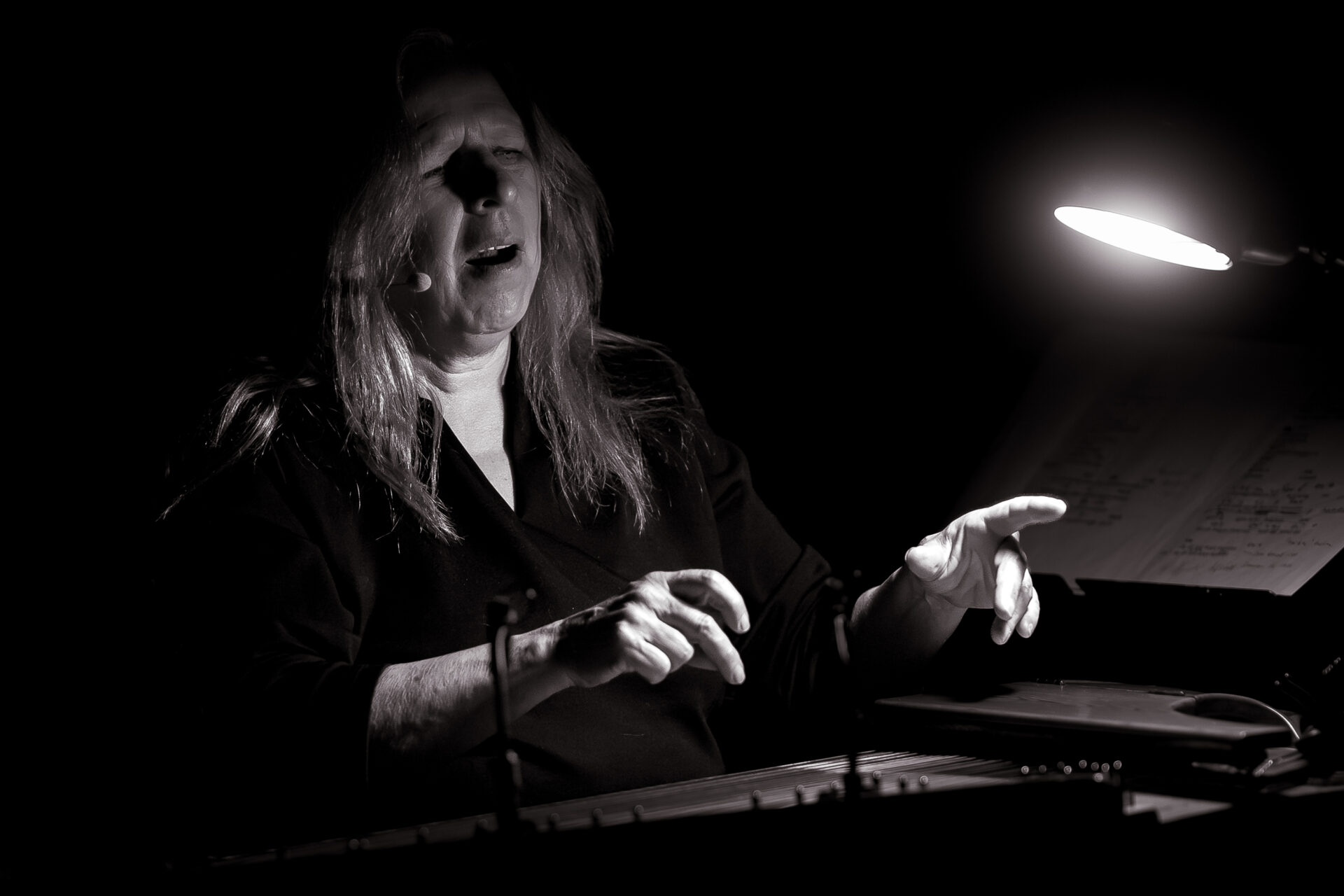

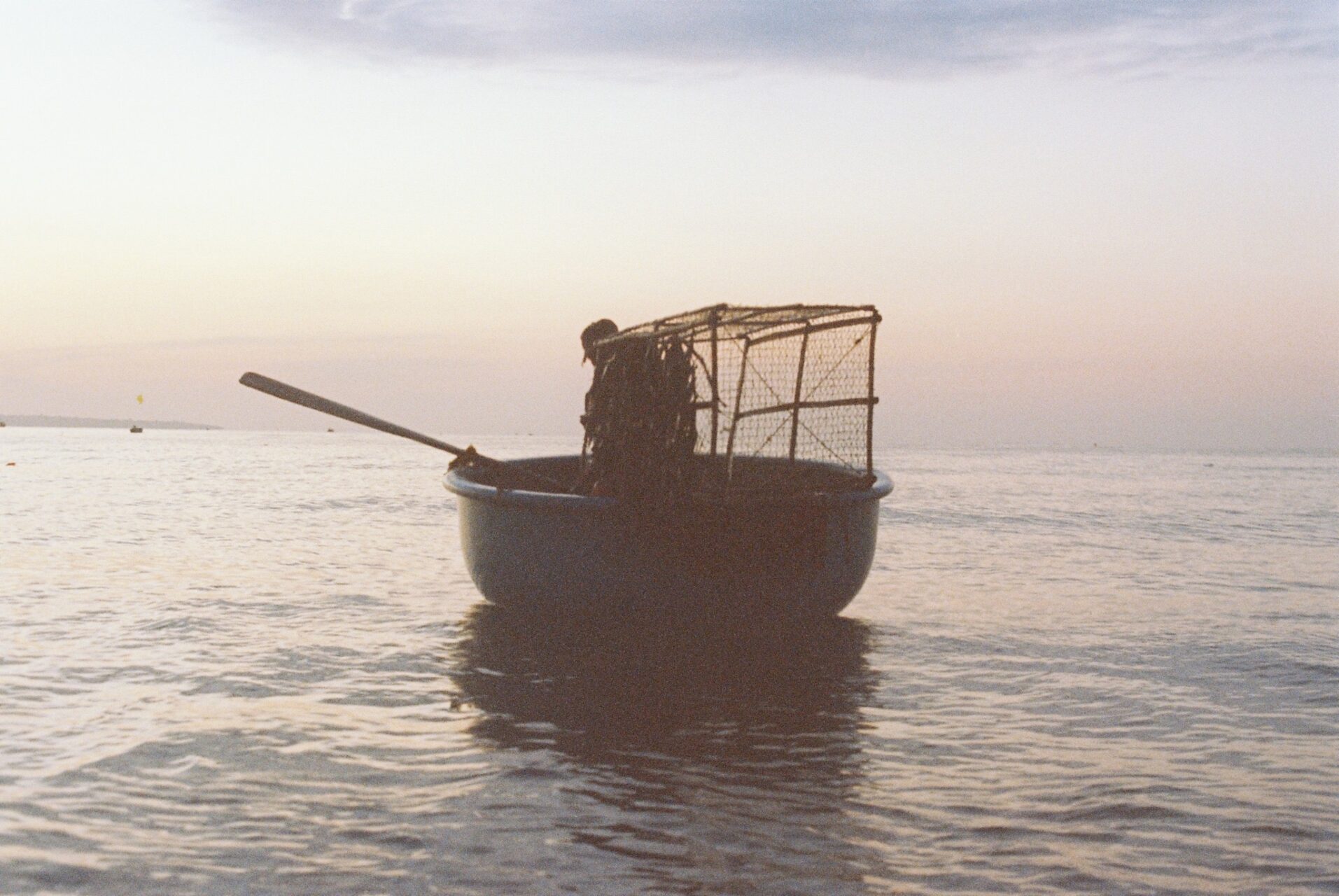
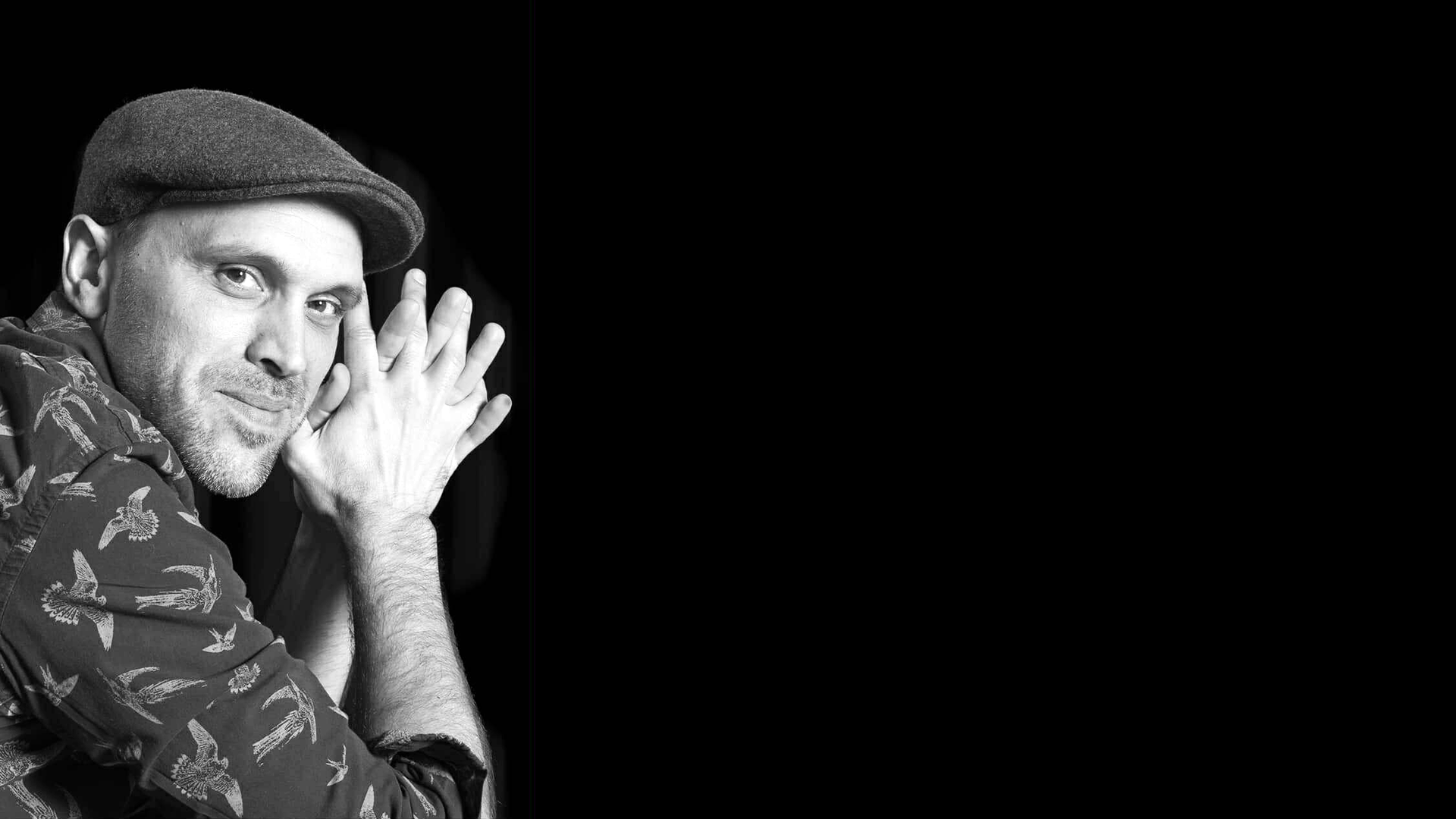
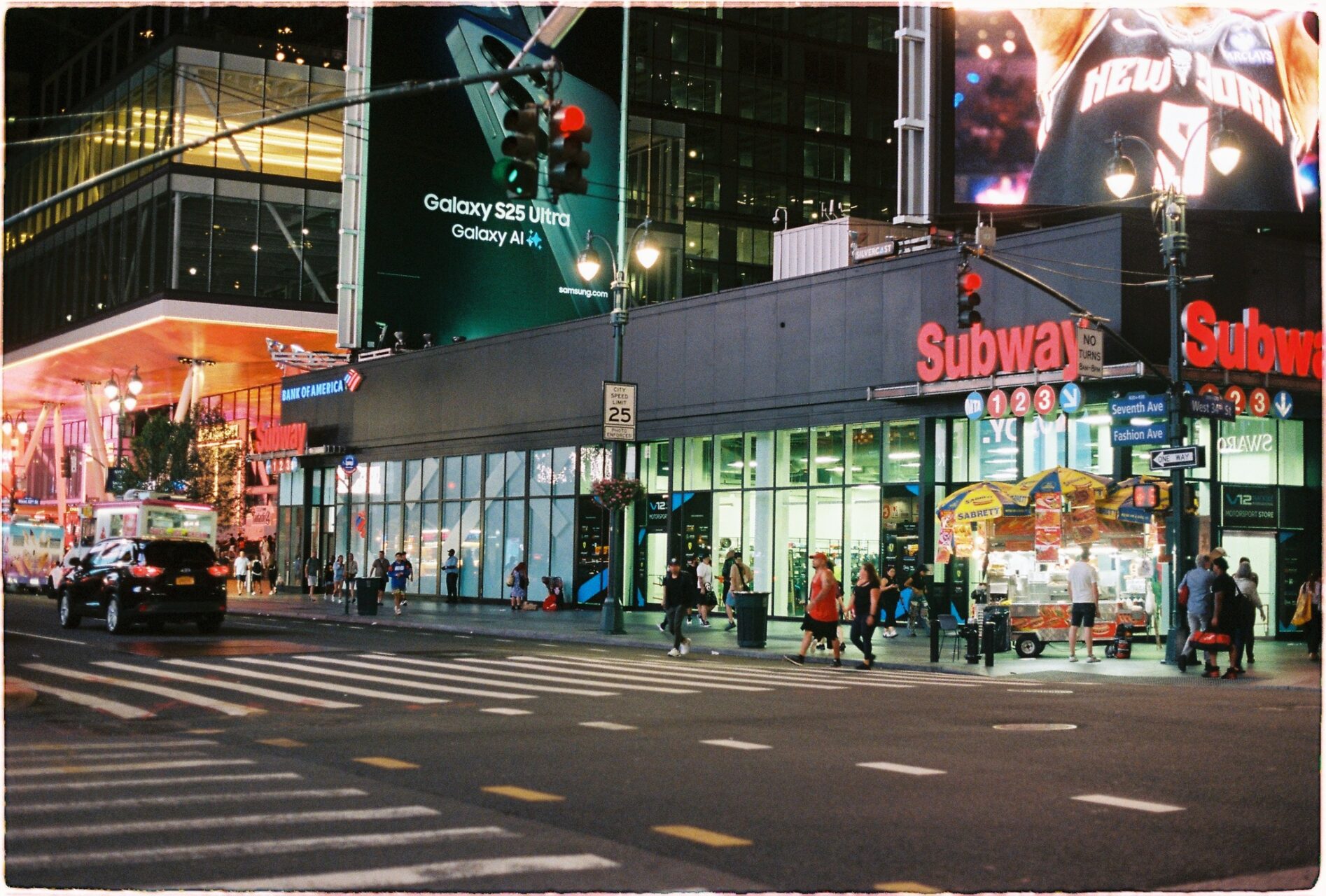

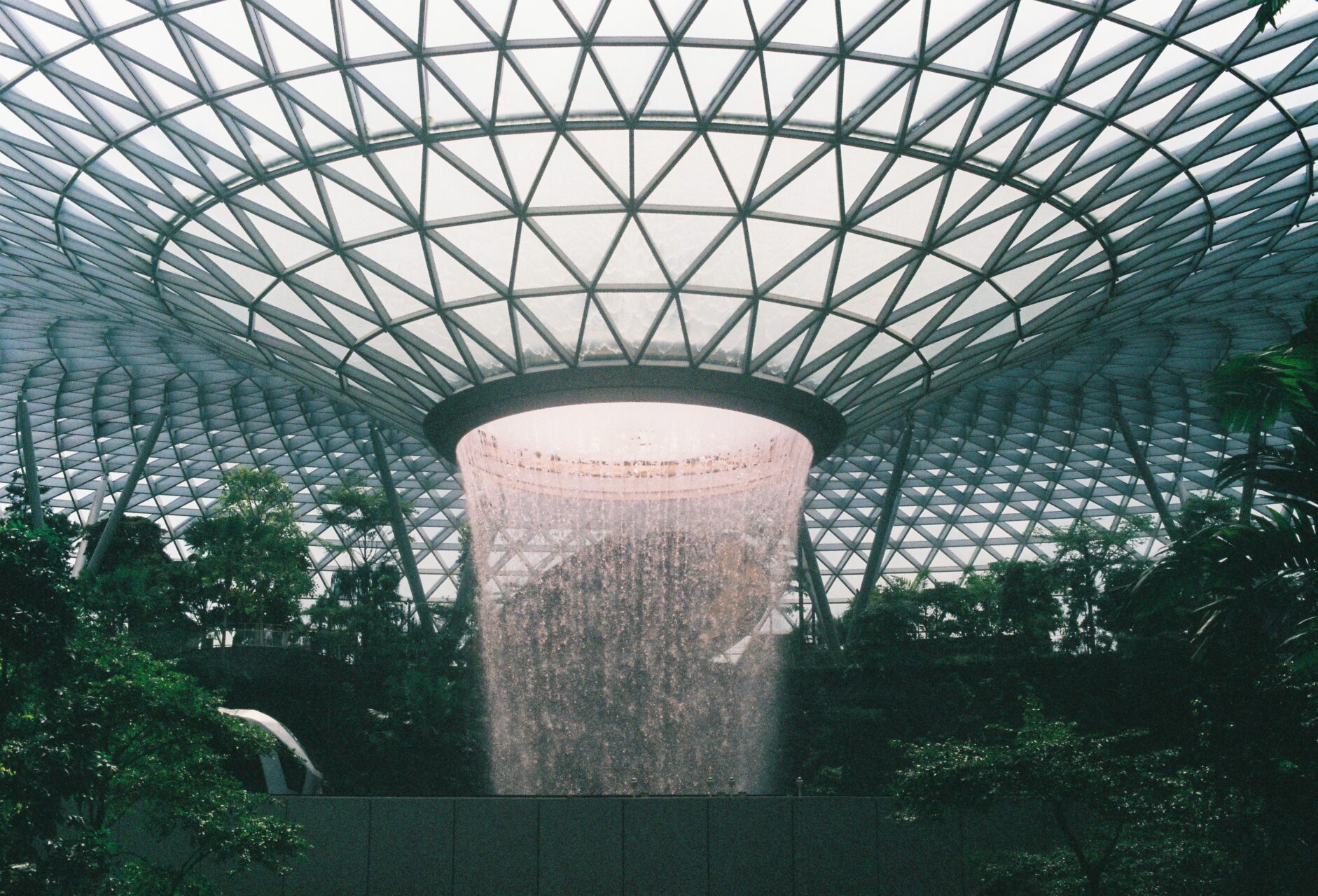
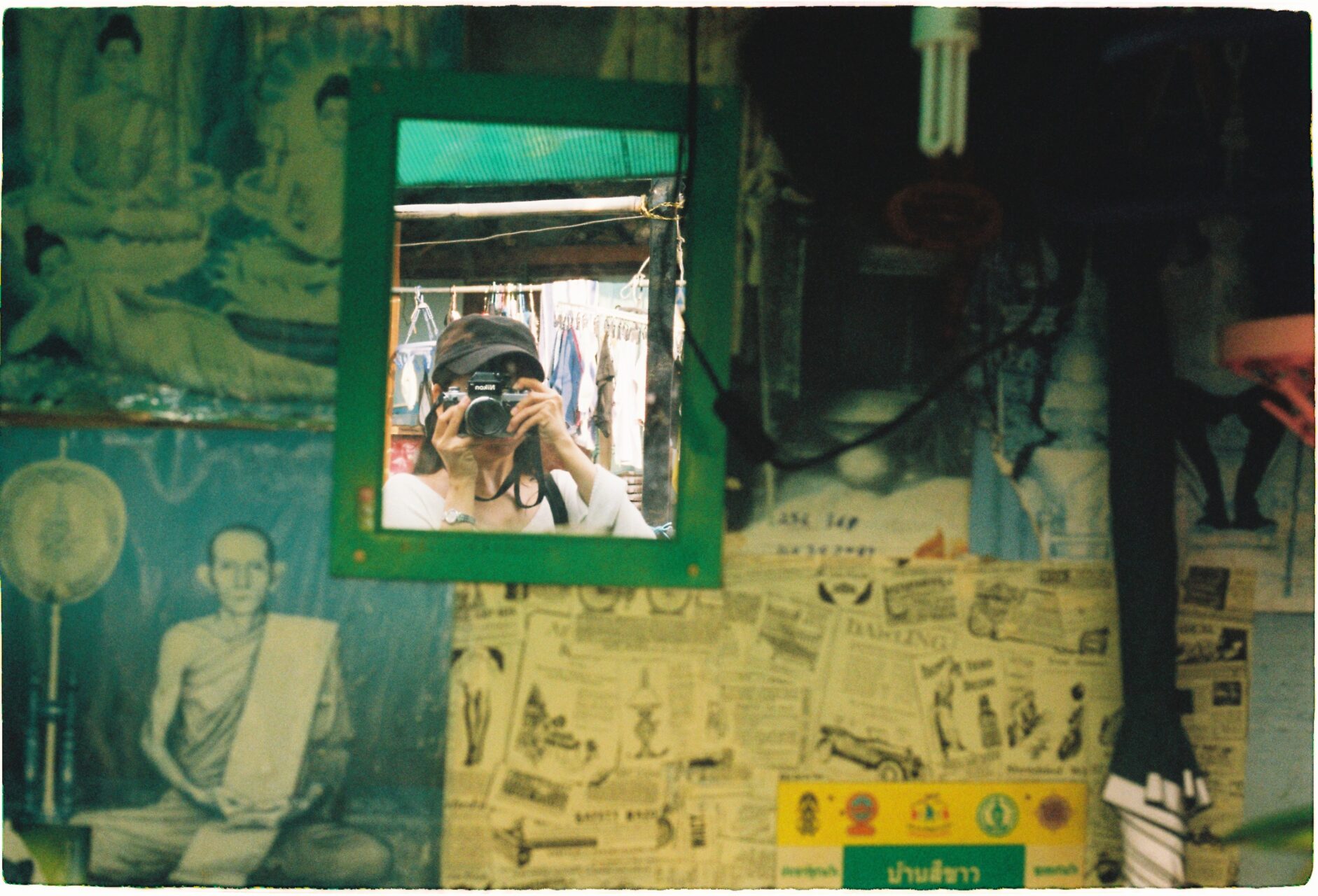
0 Comments